Working to Save the Butterflies of North Yorkshire
The Vale of Pickering and the Yorkshire Wolds hold some of Yorkshires’ most important areas of unimproved grassland. These areas, untouched by intensive agriculture for hundreds of years, now remain some of the last places to support a wide range of insects such as the beautiful Dark-green fritillary. However these sites remain under threat through a lack of appropriate management, cuts to environmental subsidies and changes in environmental legislation. This often leads to scrub colonisation.
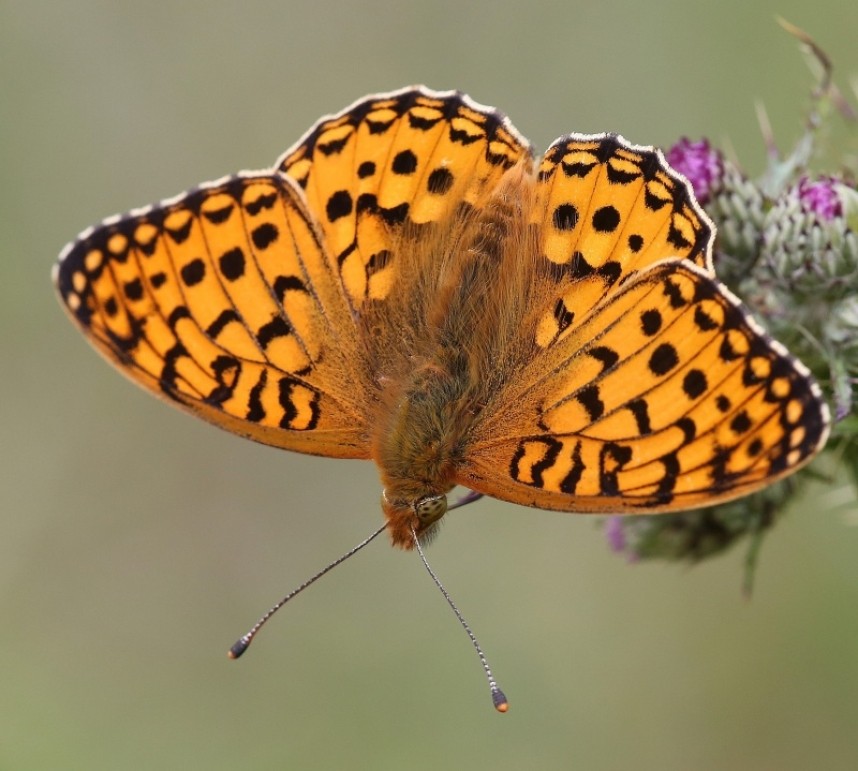
Dark Green Fritillary © Dan Lombard
Having noticed a number of important sites for butterflies starting to become overpowered by scrub encroachment a local group of volunteers affiliated to Butterfly Conservation set up a conservation work party.
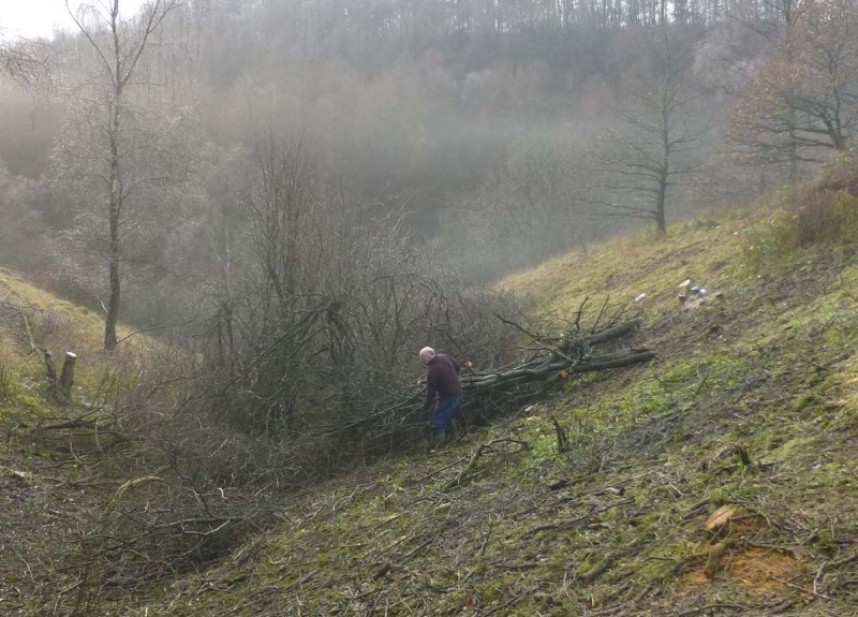
Cutting back scrub © Alan Rodda
The aim of the group is to help manage these magical meadows and retain the butterflies and other insects which thrive in these habitats. The team use a series of hand tools to manually cut away and remove encroaching shrubs such as Hawthorn and Blackthorn growing on the valuable wild flower grassland.
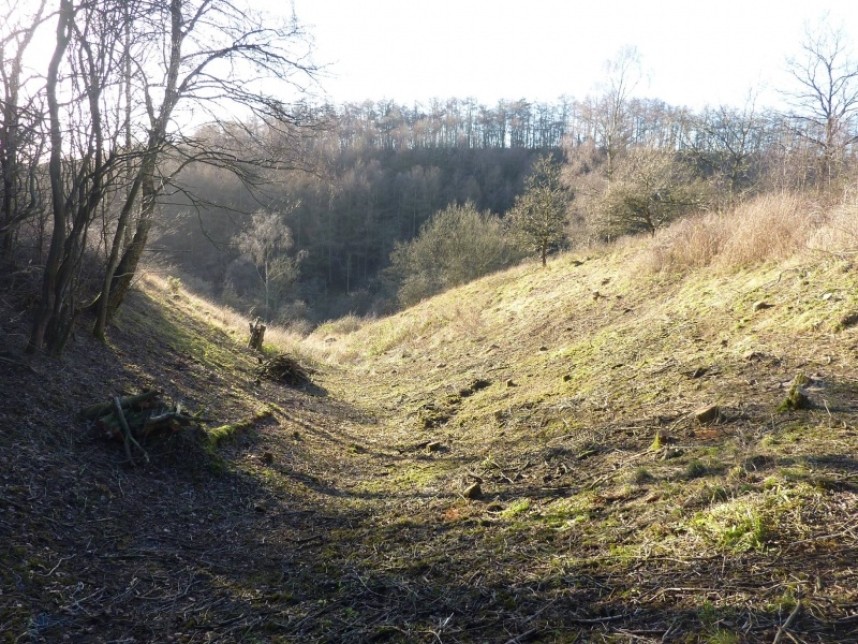
After the work © Alan Rodda
Three years ago a small group of naturalists approached land owners and Natural England with ideas to improve the habitat at two sites; Fordon Chalk Bank on the Yorkshire Wolds and Gundale in the Vale of Pickering (both areas are Sites of Special Scientific Interest (SSSI). Three years on and both projects are going so well that the team is now considering branching out onto other local sites in association with the Forestry Commission. Ultimately though, a lack of volunteers limits the amount of work which can be undertaken each year.
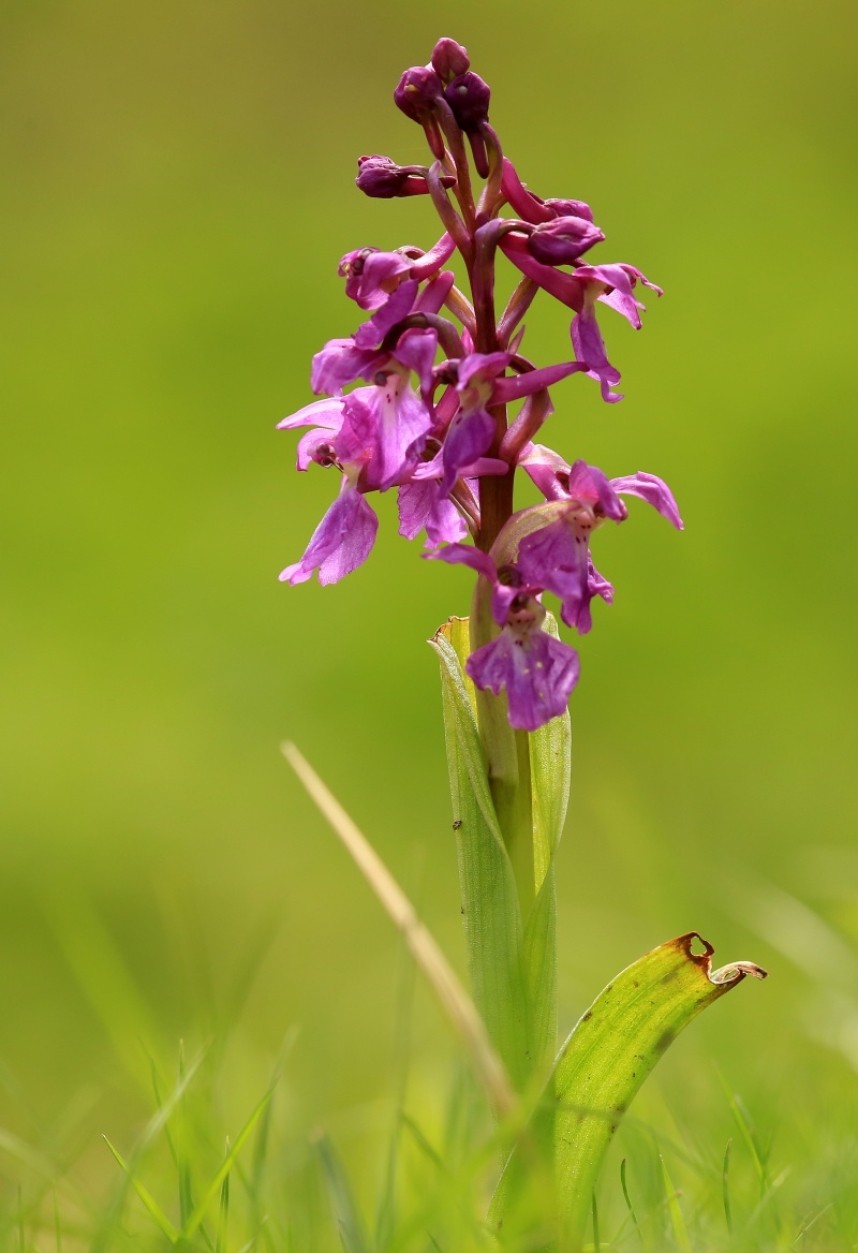
Early Purple Orchid © Dan Lombard
Scrub is a good habitat type which supports an abundance of invertebrates and nesting birds. However, when it grows on sensitive wild flower habitats it has the potential to alter the habitat leading to a loss of important species. Too much scrub shades the ground removing the butterflies and their food plants and sheds lots of leaves and organic material which increases the soil nitrate levels. As these wild flower meadows are relatively scarce compared to scrub it is necessary to "manage" the scrub to ensure it doesn't cause the local extinction of butterflies and other insects dependent on these habitats.
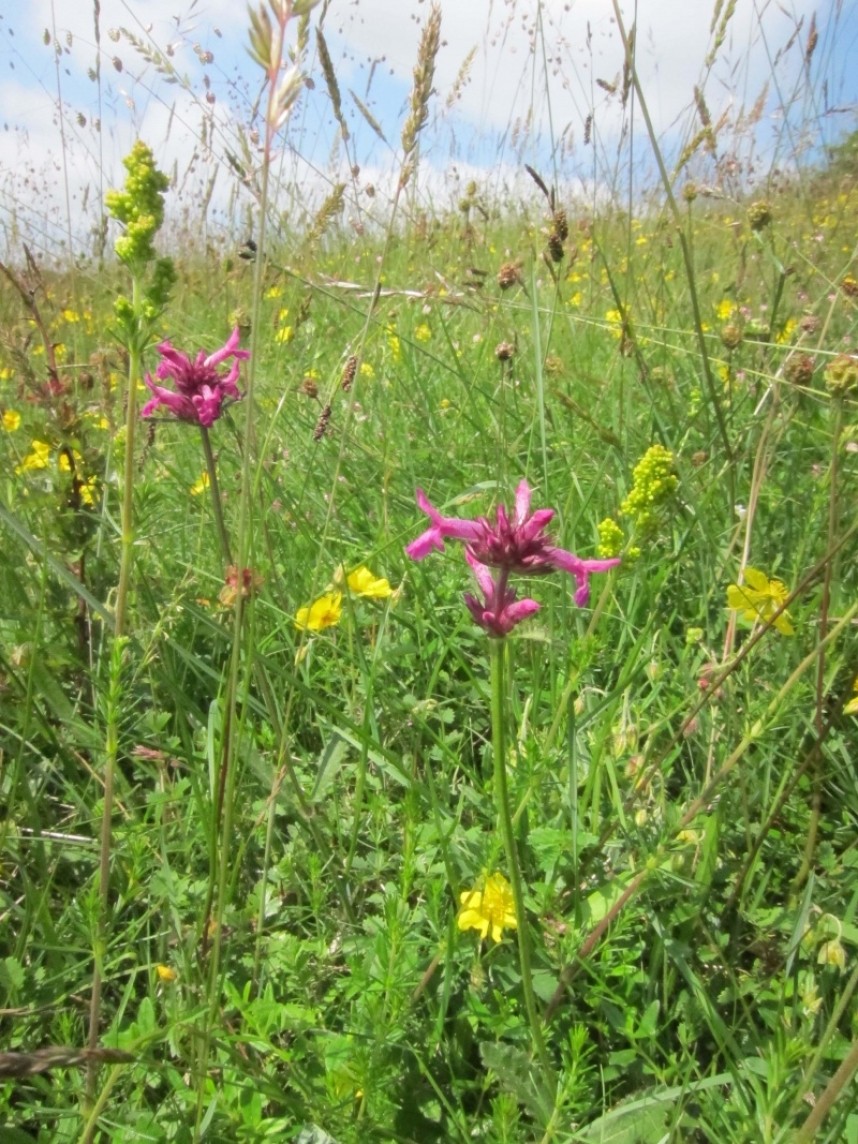
A wild flower meadow near Pickering © Richard Baines
In addition to this management, team members also monitor these sites throughout the year giving them an opportunity to admire the fruits of their labours. Monitoring includes butterfly counts, moth trapping session, vegetation and invertebrate recording.
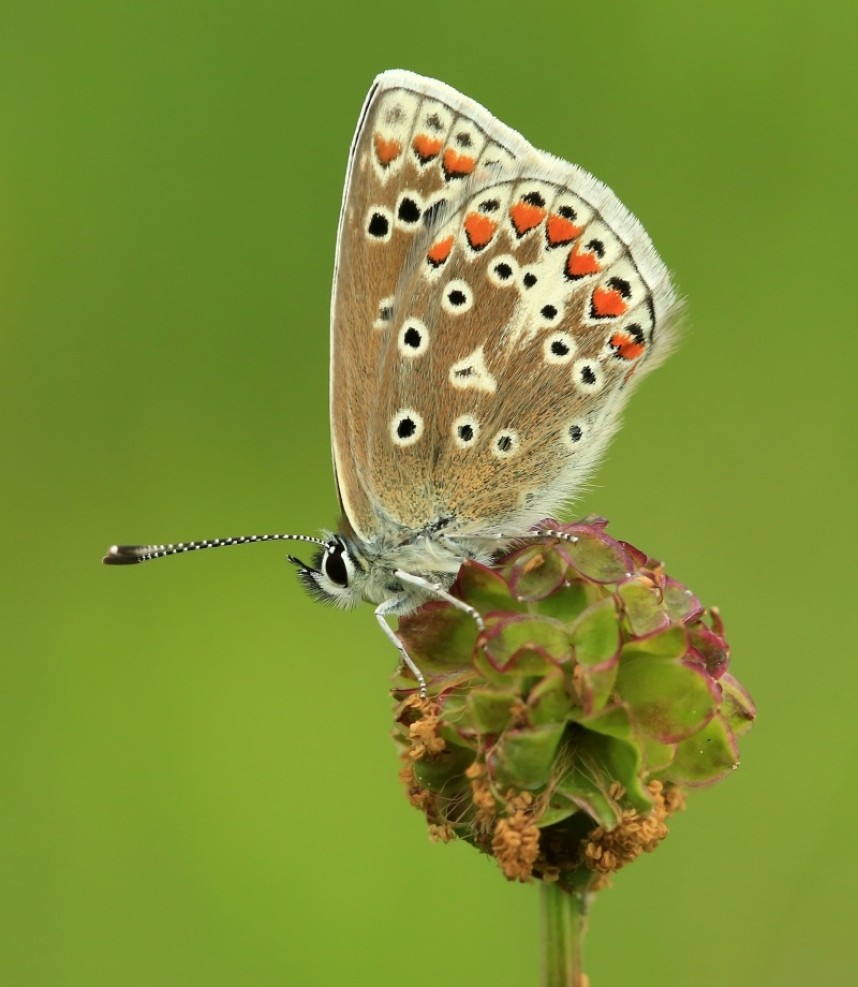
Female Common Blue © Dan Lombard
Highlights of these surveys have included Small-pearl bordered Fritillary, Dark Green Fritillary, Marbled White, Dingy Skipper, Frog Orchid, Fly Orchid, Butterfly Orchid, Glow-worm, Merveille du jour moth, Small Elephant Hawkmoth, Convolvulus Hawkmoth, Burnet Companion moth and Adder. With the help of Yorkshire Coast Nature, Wold Ecology, Filey Bird Observatory and Group (FBOG), local landowners and Butterfly Conservation Yorkshire Branch. The team of volunteers aim to continue managing and monitoring these sites for future generations to enjoy.
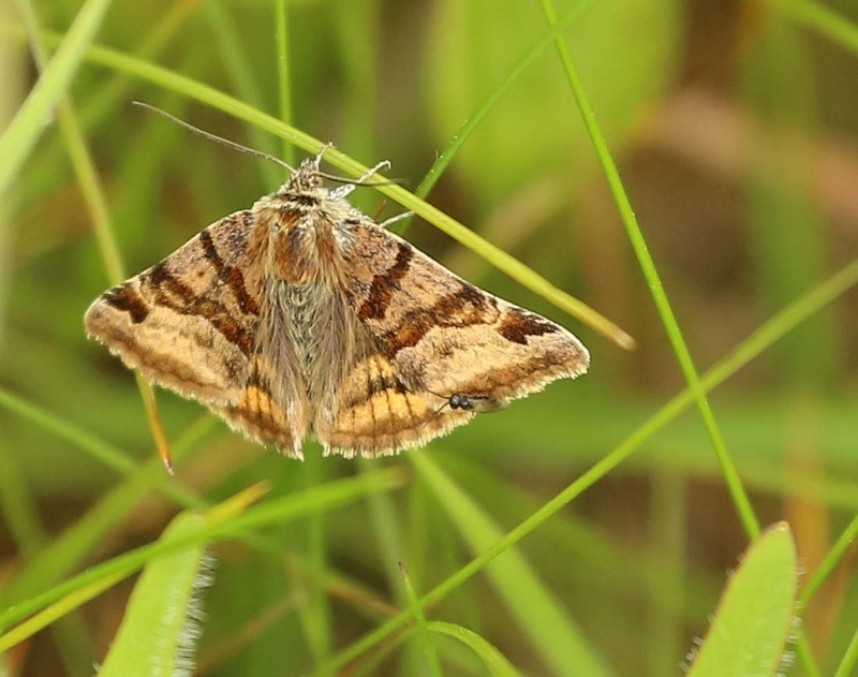
Burnet Companion moth © Richard Baines
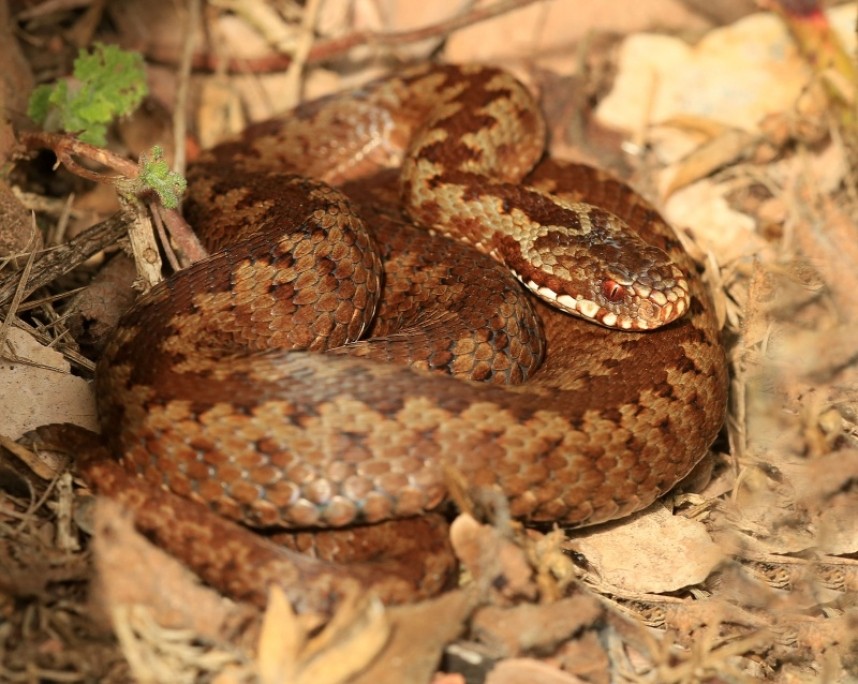
Adder © Dan Lombard
If you would like to join the team in this important management and monitoring work please get in touch with us via the Butterfly Conservation website or by phone (all the details are on the contacts page of the newsletters). Age and experience, or lack of it, are no barriers so long as you have lots of enthusiasm!
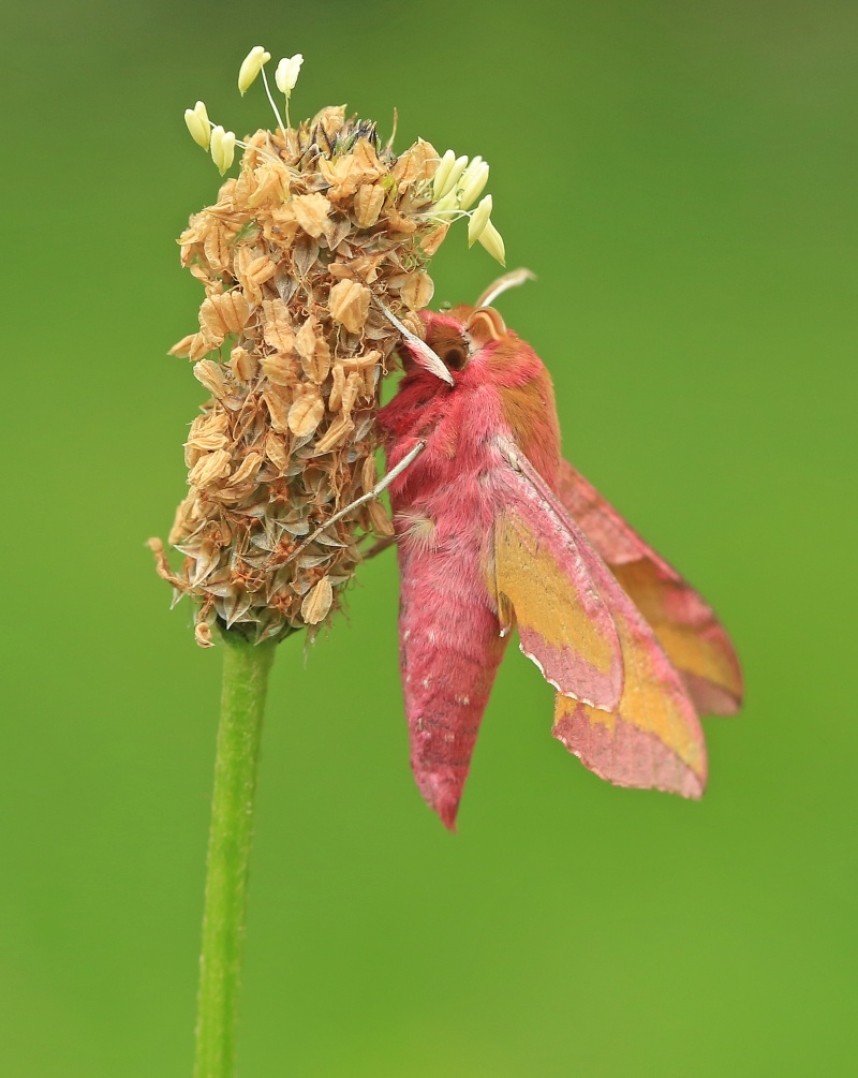
Small Elephant Hawkmoth © Dan Lombard
Dan Lombard and Richard Baines



 Back to Blog
Back to Blog
